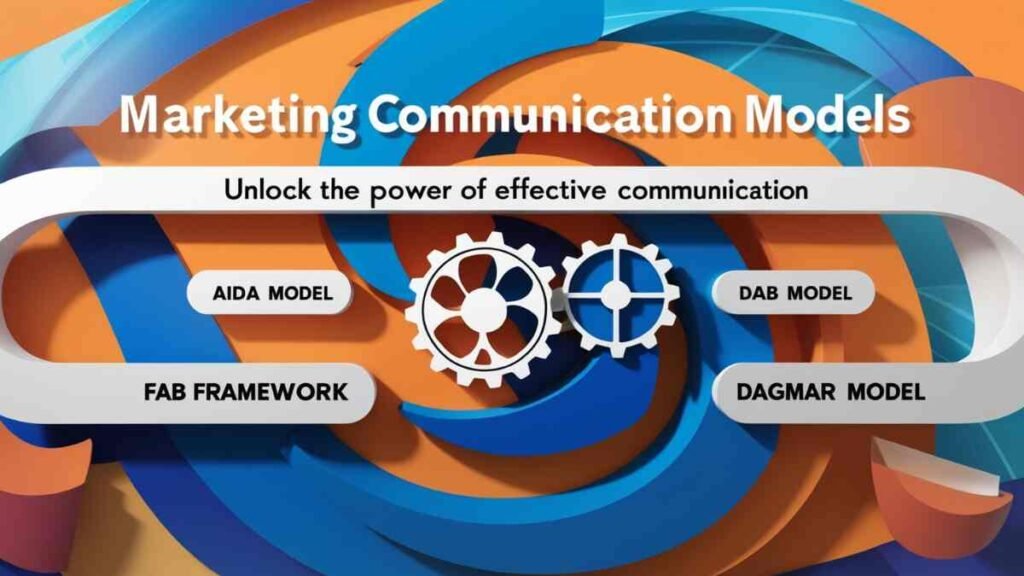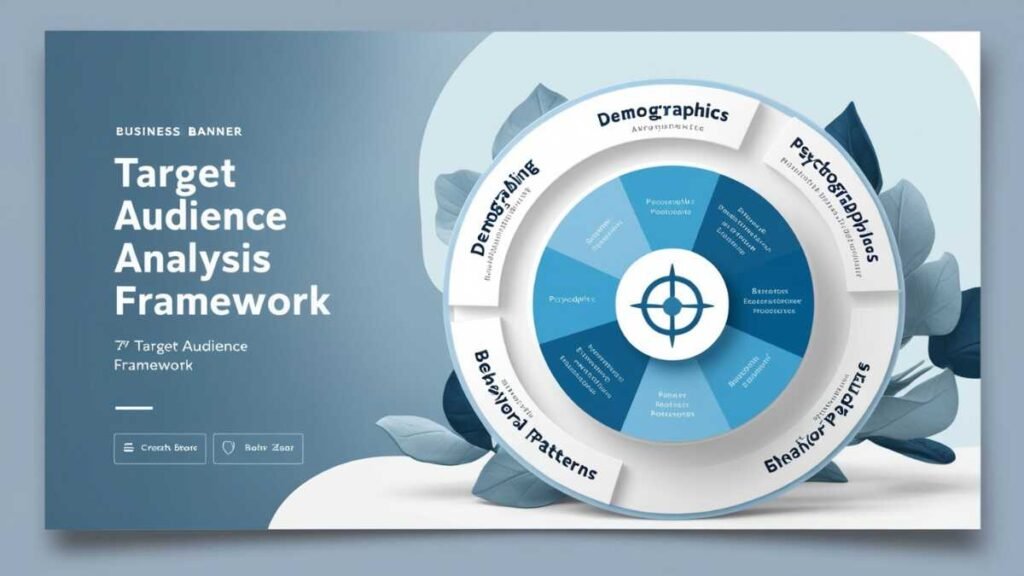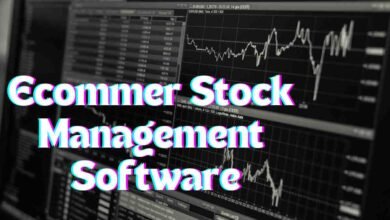Advertising Framework Template: Ultimate Guide for Effective

Advertising framework template breaking down the daunting task of ad creation into a structured, step-by-step process. An advertising framework template is where the magic happens. Not only does it simplify the planning process but ensure every single element works in perfect harmony for the right campaign outcome. An advertising framework can make all the difference, from finding the right audience to composing the right message to carry out your business. So, let’s start with the steps and elements that will be involved in a comprehensive advertising framework template.
Overview of Advertising Frameworks
A very simple definition would be that an advertising framework is essentially a blueprint of how to create an effective ad campaign. It ranges from understanding your target audience all the way through developing the right message and finding the most appropriate platforms for delivery. In this structure, businesses can better align their marketing goals with their ad strategies, ensuring every part fits into a cohesive campaign.
Why Use an Advertising Framework Template?
Benefits of Structured Planning
Structured planning is the backbone of any successful advertisement campaign. It helps businesses streamline planning using a framework template, ensuring that no critical detail is left behind. It organizes every stage of the campaign, making it easier to delegate tasks, set timelines, and measure progress. This not only saves time but reduces the chances of errors that could derail your campaign.
Avoiding common mistakes
Most campaigns fail due to misaligned objectives or poor audience targeting. A framework template minimizes such risks by acting as a checklist. An instance is to ensure that your messaging resonates with needs and that selected channels align with objectives. It is somewhat like having a GPS in the advertising journey, guiding you toward success.
Marketing Communication Models

The AIDA Model
The AIDA model takes into account the “A” for attention, “I” for interest, “D” for desire, and “A” for action. For instance, a social media ad might begin with a bold headline to catch attention, follow it up with visuals to evoke interest, provide persuasive copy to build desire. It’s something that has been proven to work across industries.
The DAGMAR Model
The DAGMAR model, which translates to Defining Advertising Goals for Measured Advertising Results, focuses on having clear, measurable objectives at every step of the customer journey. This will prove quite useful in measuring the progress of the campaign. An impression campaign might measure impressions, while a conversion-based campaign would measure sales. The DAGMAR model ensures that your goals are not just wishes and dreams but tangible targets.
Campaign Structure
Campaign Objectives
Your campaign objective is your North Star. Whether it’s increasing brand awareness, boosting sales, or launching a new product, everything in your campaign should align with this goal. Clear objectives provide direction and help teams stay focused, ensuring resources are allocated efficiently.
Defining Your Target Audience
Understand their demographics — age, gender, location — and psychographics — interests, values — and tailor your message to resonate with them. So if you’re targeting millennials, you’ll want to be using Instagram ads with bright, eye-catching images and popular hashtags.
Developing Your Messaging
Your message is what speaks directly to your audience. For instance, if you’re promoting a fitness app, your message could highlight convenience, affordability, and personalized plans.
Building a Media Plan
A media plan determines where your ads will appear. Social media might be ideal for engaging younger audiences, while traditional TV ads could target families during prime-time hours. The right media plan ensures the right message hits the appropriate persons at the proper time.
Setting Metrics and Analyzing Success
The metrics give insights into how well the campaign is performing. Such metrics include click-through rates (CTR), conversion rates, and return on ad spend (ROAS). Analysis of these numbers refines a strategy so that future campaigns can improve.
Ad Strategy Planning Tools
Google Ads
Google Ads is a great platform for all digital advertising. You can target specific keywords and ensure that your ad is shown when the user searches for those terms. For instance, a bakery could target “best cupcakes near me.” Google Ads will also give you great information on how your strategy performs.
Facebook Ads Manager

Target niche audiences: Facebook Ads Manager is specifically strong at targeting specific micro-audiences. With its advanced targeting options, you can even segment users by age, location, interests, and much more. A yoga studio could, for instance, reach women aged 25–45 who live nearby and express an interest in fitness.
SEMRush
SEMRush has the comprehensive combination of SEO and advertising insights, helping businesses find their best-working keywords, analyze competitors, and monitor campaign results. For instance, an e-commerce store would also be able to assess the product search trends and, if necessary, adjust its ad copy.
Target Audience Analysis Framework
Understanding Demographics and Psychographics
Demographics: Hard Data Demographics include age, income, and where someone lives, among other things. Psychographics involves details on personality, values, and interests. Together, they create an intricate picture of your ideal customer. A luxury auto brand might appeal to high-income professionals who value performance and status.
Behavioral patterns and insights
Are they active on social media? Do they prefer video content? These give you hints to be able to reach them where it matters most and create ads they will be likely to engage with.
Consistency across All Platforms
Benefits of Consistency
Consistency reinforces your brand identity. Whichever media a customer sees your ad on, be it Instagram or the radio, the overall message should feel consistent. This will create an experience of trust with your brand and make it more memorable.
Uniform Messaging Builds Trust
Uniform messaging ensures that every interaction is cohesive. For instance, if your slogan is “Fresh, Fast, Friendly,” the overall theme should be carried across your website, ads, and customer services.
Conclusion
An advertising framework template is essential for any business looking to build a coherent and effective ad campaign. Starting from understanding your target audience, building the right message, and deploying it on the right platforms, it provides a road map toward success. A structured approach helps ensure that campaigns are well planned, efficiently executed, and rendered effective.
FAQs
1. What is an advertising framework template?
An advertising framework template is a guide on how to plan and execute ads on target.
2. Why carry out audience analysis?
Audience analysis assures you that your ads reach the right audience; hence, the ads are not a waste of time and deliver the best engagement and ROI.
3. What are some common advertising strategy tools?
Google Ads, Facebook Ads Manager, and SEMRush are some of the most basic tools for targeting, optimization, and analytics.
4. How do I measure success in my advertising campaign?
You can measure success in terms of impressions, clicks, conversion rates, and return on ad spend (ROAS).
5. Why is consistency key in advertising?
It helps to build trust with your consumers and ultimately strengthens brand identity, thus making them more effective campaigns.





